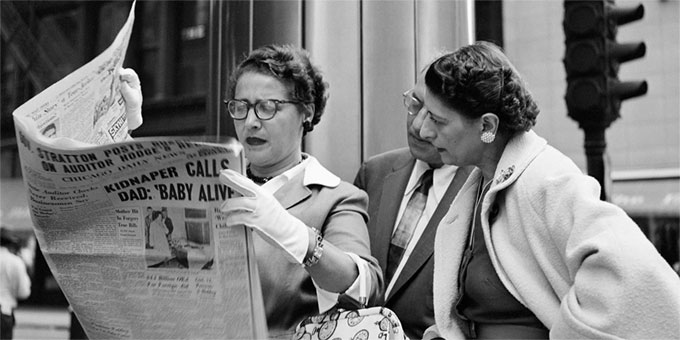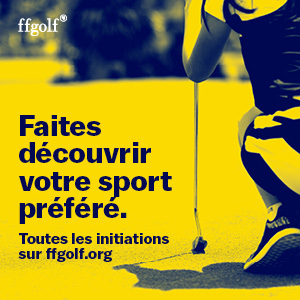Posted on August 26, 2021 in Arts & culture.
Vivian Maier: exhibition at the Musée du Luxembourg
Vivian Maier was born in New York in 1926. Her father was of Austro-Hungarian origin and her mother was French, which led her to stay in France several times in her youth. She began to work as a nanny in 1951, first in New York then, until the 90s in Chicago, where she died in the spring of 2009.

Chicago, undated © Estate of Vivian Maier, Courtesy of Maloof Collection and Howard Greenberg Gallery, NY
A whole life passed unnoticed, until the discovery, in 2007, of his photographic corpus: an imposing, dense, luminous and brilliant work, made up of more than 120 photographic images, super 000 and 8mm films, various recordings , scattered photographs, and a multitude of undeveloped films, like so many fascinating finds. This passion which inhabits him and which will become an almost daily activity, elevates him today to the rank of the greatest emblematic photographers of Street Photography, and makes it appear in history alongside Diane Arbus, Robert Frank, Helen Levitt or Garry Winogrand.
Recurring themes can be found throughout Vivian Maier's work, which act as weightings and balance her general architecture, defining from the outset and from her first images, a vocabulary, a syntax, a language that she chooses to tell her story. time.
Street scenes, her favorite theater, and working-class neighborhoods, where she meets life, constitute the first theme of her work. Through numerous portraits of strangers and people with whom she identifies and to whom she delivers a fraction of a second of eternity by meeting their gazes, Vivian Maier fixes a gesture, an expression, a situation, the grace of small things accessible.
And then there is the universe of children which has been hers for so long, and which is also the world of freedom where time no longer exists. She is attached to forms, rhythms, materials and objects found during her long walks.
First in black and white, and then from the sixties, with the musicality of colors, she plays with the specificities of this new technique to bring a variation to her photographic practice. She will try her hand at the cinema, with her super 8 or 16mm camera as an attempt not to rush time anymore but rather to fix it to the rhythm of her gaze. What Vivian Maier films is not a scene, it is the movements of her gaze in space, in search of the photographic image.
Vivian Maier “grabbed hold of the life that was everywhere she looked. She seized it in small sequences, she observed it, she followed it. She waited for him at the passages where she hesitated, she caught up with her wherever she ran and wherever she was, she found her everywhere as tall, as powerful and lively ». (1)
At the very heart of the themes explored by Vivian Maier, there is an important issue that seems to structure all of her work. It is that of the quest for his own identity through his self-portraits. They are numerous and come in many variations and typologies, and become language within language. A form of abyss of duplication.
The exhibition at the Musée du Luxembourg is structured around these major thematic axes.
Thanks to the exceptional assistance of the Estate of Vivian Maier within the framework of this exhibition, the public has access for the first time to 142 unpublished archives of the photographer: new scientific analyzes are thus presented, comparing several aspects of her creation. These unpublished works make it possible to make comparisons and correspondences: vintage photographs that Vivian Maier was able to shoot, super 8 and 16mm films never shown, which inform us about her search for the photographic image, audio recordings providing important insight into her practice. .
Finally, original documentation such as a hat, cameras, studio photographs dating from the end of the XNUMXth century that belonged to him are presented and show visitors his interests, and possible influences in his work. The purpose of this exhibition is therefore to weave these elements together and thus to reconstruct and present to the public, not only the visible part of the work, but also its archeology.
(1) Rainer Maria Rilke, Auguste Rodin, 1902
Pratical information
Vivian maier
15 September 2021 - 16 January 2022
Luxembourg Museum
19 rue Vaugirard, 75006 Paris
opening time:
- every day from 10:30 a.m. to 19 p.m.
- night on Mondays until 22 p.m.
- early closing at 18 p.m. on December 24 and 31
prices:
- € 13;
- TR 9 €,
- special Young 16-25 years old: € 9 for 2 people from Monday to Friday after 16 p.m.
- free for children under 16, beneficiaries of minimum social benefits, unlimited with the Sesame Stopovers pass, reservation recommended
information and reservations: museeduluxembourg.fr
Drawing Now Art Fair: Tatiana Wolska winner 2024
The invention of language by Gertrude Stein and Pablo Picasso
The history of French women's golf at Golf du Sorbier








